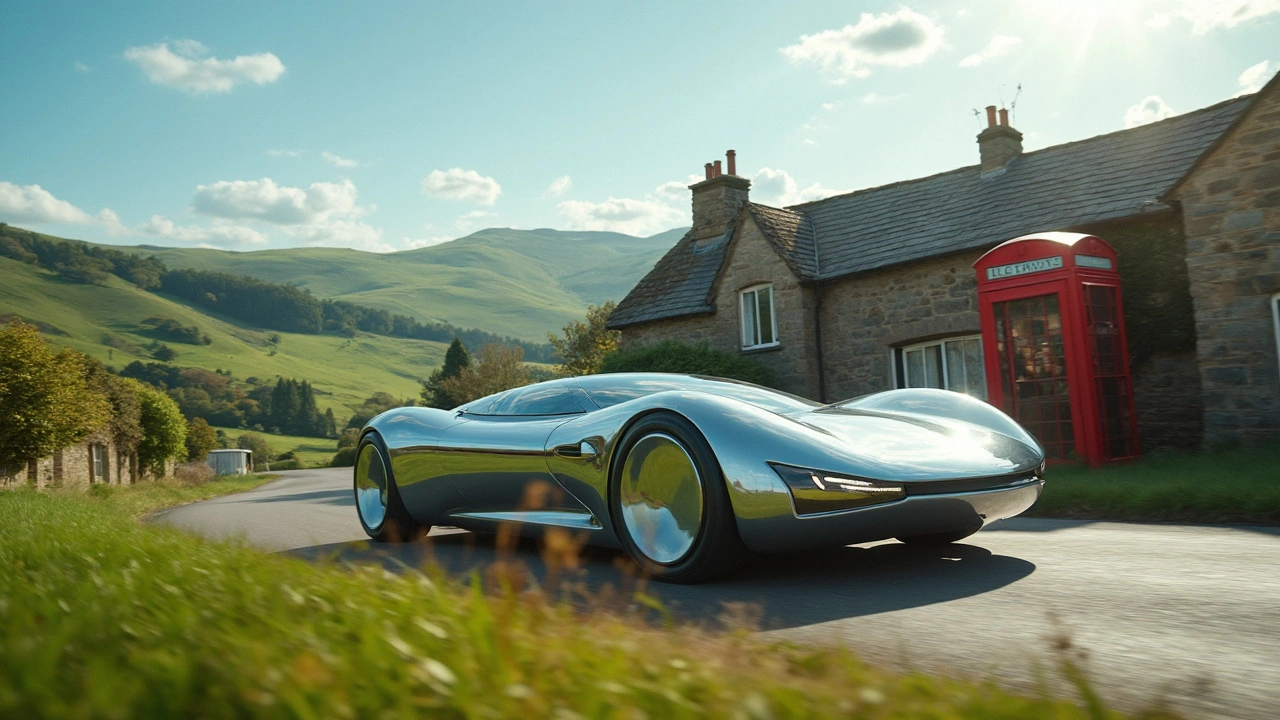Electric Vehicles: What You Need to Know Right Now
If you’ve heard the buzz about electric cars and wonder what’s real and what’s hype, you’re in the right spot. This guide strips away the jargon and gives you the basics you can actually use today.
How an Electric Car Works
At its core, an electric vehicle (EV) runs on a big battery instead of a gasoline tank. The battery stores electricity, and a motor turns that power into motion. There’s no crankshaft, no spark plugs, and almost no moving parts that wear out quickly. Because of that, maintenance costs are usually lower.
The battery is the heart of the car. Most modern EVs use lithium‑ion cells, the same technology you find in smartphones. These cells can be charged at home, at work, or at public stations. When the battery hits zero, you simply plug it in again.
Charging Made Simple
Charging can feel intimidating, but it’s pretty straightforward. There are three main levels:
- Level 1 – Plug into a regular wall outlet. It’s the slowest, adding about 4‑5 miles of range per hour.
- Level 2 – Uses a dedicated home charger or public fast‑charge spot. Adds roughly 15‑25 miles per hour.
- DC Fast Charge – Found at highway stations. Can give 60‑80 miles of range in 20‑30 minutes.
Most people charge at night at home. Set the timer so the car finishes charging just before you wake up, and you’ll start the day with a full battery.
Don’t forget to check the charging network in your area. Apps can point you to the nearest station, show real‑time availability, and even let you start a session from your phone.
Because electricity is cheaper than petrol per mile, you’ll see savings on fuel costs almost immediately. The exact amount depends on your local rates, but many owners report cutting their travel spend by half.
Beyond cost, driving an EV reduces tailpipe emissions, which helps cleaner air in cities. If you pair your car with renewable energy at home, the environmental impact drops even further.
So, is an electric car right for you? Think about your daily drive – if you travel under 150 miles a day, a single charge will likely be enough. If you often take long trips, consider a model with a bigger battery or one that supports fast charging on the highway.
When you’re ready to shop, compare range, charging speed, and price. Remember that the purchase price is higher than a comparable gasoline car, but tax credits, lower running costs, and fewer repairs can balance that out over a few years.
In short, electric vehicles are getting easier to own, cheaper to run, and better for the planet. Give them a look – you might find the switch smoother than you expect.
The Escort E10 is making waves in the automotive world with its eco-friendly design and cutting-edge technology. This article explores key features, the advantages of owning an E10, and practical tips on optimizing your electric vehicle experience. Learn how this car is changing the way we think about future transportation. Get insights into maintenance needs and discover why the Escort E10 might be the perfect fit for forward-thinking drivers.
View More
